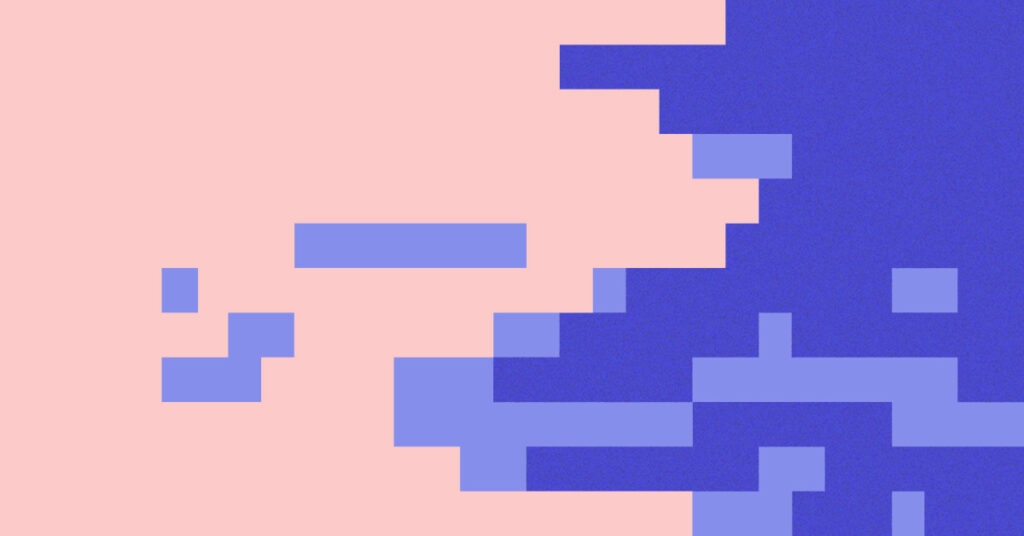5 Incredibly Simple Tips To Improve Website Effectiveness

There used to be a time when business owners would approach me to build them a website. Being a diligent problem solver and designer I would always quiz them why they felt they needed a website. In almost every case the simple reason was FOMO (Fear Of Missing Out).
“Everyone is getting a website – so I need one too” was a terrible reason then, and it’s still a pretty poor answer now. However, you can’t deny that today as a business, not having a website can be a pretty poor decision or plain stubbornness. “Internet is just a fad, guys!”
It’s true, even some creatives are demoting a website as a necessity and adopting other platforms to promote themselves. But unless you’ve successfully embraced social media as your main ‘landing page’, your website is still your best bet at controlling how you narrate your brand story to your audience.
Your prospects are constantly searching the interwebs to solve their problems. You are hoping that when your homepage pops up, they’ll feel like they’ve found their answers.
The tips described below are not intended to be a ‘quick fix’ or a ‘magic pill’ to miraculously transform your website homepage into a lead-attracting machine. It will, however, help you to tell a more coherent brand story – which will be more engaging to your audiences that do visit. It will help you improve your website effectiveness.
Be clear about your offer (and value) within seconds
Over 90% of your website visitors will leave within 6-10 seconds. Best practice to combat this short attention span is to answer your prospect’s question very quickly – ”Do you actually have what I need?” Crafting a Strong Value Proposition is key – this is not your tagline but a short statement targeted at your audience.
Here is an indicative checklist for crafting a solid value proposition:
- Make sure it’s tailored at your core audience, with their needs and desires in mind
- Make it unique and cover why your solution is different from your competition
- Keep it succinct and stick to simple language over jargon
- Is it memorable or generic? Lean towards the former
- Keep it specific – describe exactly what you will do, rather than speak in concepts
- Make it desirable – think about why would someone want what you have
To ensure you are creating your Value Proposition that is informed by your target audience, you can utilise the Build Better Brands Worksheet.
Carefully plan your Call To Action
Preferably straight after your Value Proposition you should insert a relevant call to action. This is not just for those clairvoyant and savvy visitors who are convinced about your excellence through your Value Proposition alone. It will also serve as a trigger of what you expect your prospects to do after they get familiar with your business – for those who are still on the fence.
I also suggest you consider placing this key CTA button in your global header –which is preferably sticky (stays visible when the page is scrolled).
Reinforce it with Social Proof
People are social creatures. Okay – some are may be more than others. But we are all influenced in one way or another by recommendations from our friends or by what a particular community thinks. So somewhere towards the top of the homepage you need to show visitors they can trust you.
These can include testimonials, logos of your high-key clients or case studies demonstrating results you’ve achieved for others.
Show Benefits, not Features
Does the widget you sell help to clean shoes quickly? That’s great. But what customers really care about is going to a business meeting in sparkly shoes and or impressing their date. People don’t care about the features, but they do care about solving their problems. Show them how you can help do the latter.
Features can be introduced further down a page by explaining how they make those benefits possible.
Be responsive – become mobile-friendly
The simple fact we all have to accept is that website visitors can be on a desktop or a mobile device. More and more leaning towards the latter. So if your website (and especially your homepage) isn’t mobile-friendly, your visitors might be going elsewhere to find a more optimal experience.
What’s even more troubling is that Google has started penalising websites that are not mobile responsive – which is bad for SEO and your search rankings.
Lucky for you there are plenty of tools to help you review your site. Registering an account with Google’s own Search Console can help you track and receive reports of any mobile-specific issues on your site. You can also do the work yourself and use this free tool which simulates what your site looks on different devices.
I hope these tips have given you some ideas on how you can transform your website in small ways to become more effective with attracting and retaining customers.
If you need some help with implementing any of the above, please reach out.
Now go forth and make your website the best that it can be
Over to you now. Are there any other things you want to learn about? Please let me know! Sign up to the Studeo Insider to receive more articles like this one. And finally, if you know someone who might enjoy this article please share it.
